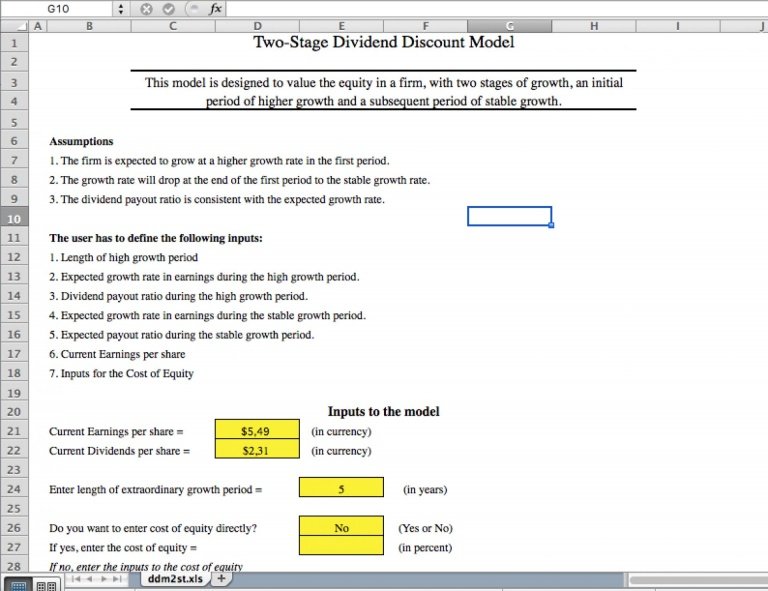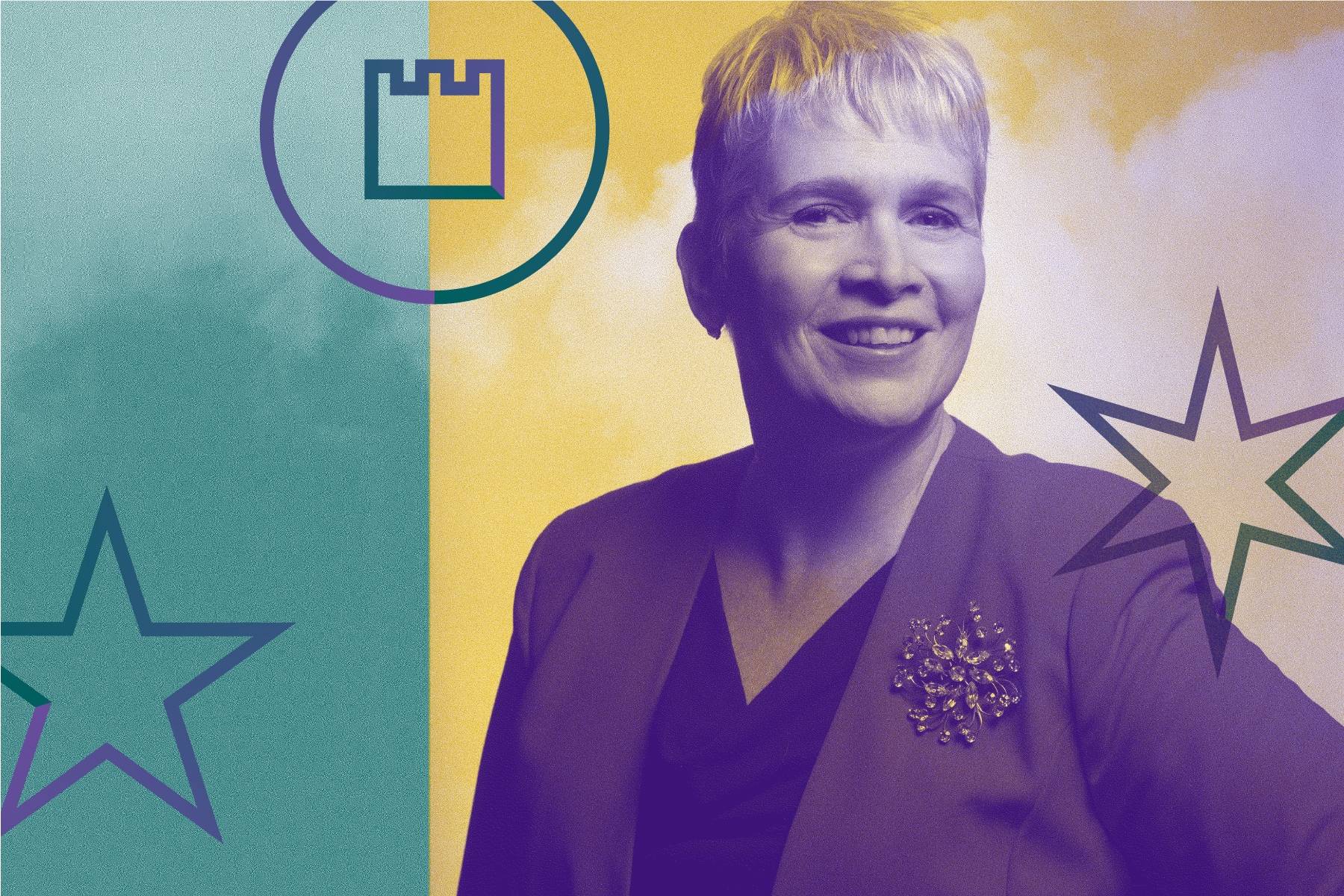
Forex trading apps can make a big difference, whether you're a beginner trader or an experienced pro. It helps you stay on top of the market while making sure you never miss a trading opportunity. It gives you the tools to make a sound investment. These apps are available for both iOS and Android, and they are easy to set up. Most apps offer a range of features and include practice accounts.
AvaTrade has been a leader on the forex trading app market since long. The company offers a mobile app that allows users to trade the market from anywhere, any time. It offers market analysis and virtual trading simulators. There is also a risk scanner. The app provides real-time updates regarding market news, currency rates and other information. This app is free and available on both iOS and Android.
IG, one among the biggest brokers in the globe, provides a forex trading platform that is simple to use with an easy-to-understand interface. The app also offers all of the features you'd expect from the desktop version, including charting, news, and real-time market data. The app offers a trading simulation, news alerts, and data release notifications. You can also use it to make bank transfers and debit/credit cards payments. It is an excellent option for anyone who has to withdraw quickly.

SaxoTrader supports third-party tools such as technical indicators and trading signals. It also allows for extensive charting or research. SaxoTraderPRO has been designed for institutional clients.
TD Ameritrade claims the mobile app can be used to access desktop trading account functions. But it is restricted to account holders. This app has an intuitive interface that lets users stream data to multiple devices, including their smartphones. Access to the company's extensive range of fixed-income products is also available through this app.
Traderush offers many features, such as a risk scan, trading simulator and news alerts. It also provides a lesson on the forex market. Cloud technology powers it, so there is no lag and other issues associated with smartphones. The app includes professionally curated news, trading simulations, and an economy calendar.
Thinkorswim, an app that is popular with Android and iOS users, is very popular. It offers a range of trading tools including the ability set custom trading alerts as well as a drawing tool. You can monitor your trades from multiple screens at once with the multiscreen mode. You can access the app in 18 languages and it includes many intelligence indicators. It can send push notifications directly to your phone.

FXOpen's TickTrader application is available free of charge in the Google Play Store. This app offers advanced tools to assist with technical analysis as well as market analysis. It also offers market data in real time and pending orders.
FAQ
How do I choose an investment company that is good?
You want one that has competitive fees, good management, and a broad portfolio. Fees are typically charged based on the type of security held in your account. Some companies charge no fees for holding cash and others charge a flat fee per year regardless of the amount you deposit. Others charge a percentage based on your total assets.
It is also important to find out their performance history. Companies with poor performance records might not be right for you. Avoid companies that have low net asset valuation (NAV) or high volatility NAVs.
You also need to verify their investment philosophy. An investment company should be willing to take risks in order to achieve higher returns. If they aren't willing to take risk, they may not meet your expectations.
What are the benefits to investing through a mutual funds?
-
Low cost - Buying shares directly from a company can be expensive. A mutual fund can be cheaper than buying shares directly.
-
Diversification: Most mutual funds have a wide range of securities. One security's value will decrease and others will go up.
-
Professional management - Professional managers ensure that the fund only invests in securities that are relevant to its objectives.
-
Liquidity – mutual funds provide instant access to cash. You can withdraw money whenever you like.
-
Tax efficiency - mutual funds are tax efficient. So, your capital gains and losses are not a concern until you sell the shares.
-
No transaction costs - no commissions are charged for buying and selling shares.
-
Mutual funds are easy to use. All you need is a bank account and some money.
-
Flexibility – You can make changes to your holdings whenever you like without paying any additional fees.
-
Access to information- You can find out all about the fund and what it is doing.
-
Investment advice – you can ask questions to the fund manager and get their answers.
-
Security - know what kind of security your holdings are.
-
Control - The fund can be controlled in how it invests.
-
Portfolio tracking: You can track your portfolio's performance over time.
-
Ease of withdrawal - you can easily take money out of the fund.
Investing through mutual funds has its disadvantages
-
Limited investment options - Not all possible investment opportunities are available in a mutual fund.
-
High expense ratio. The expenses associated with owning mutual fund shares include brokerage fees, administrative costs, and operating charges. These expenses eat into your returns.
-
Lack of liquidity: Many mutual funds won't take deposits. They must be purchased with cash. This limits your investment options.
-
Poor customer support - customers cannot complain to a single person about issues with mutual funds. Instead, you must deal with the fund's salespeople, brokers, and administrators.
-
Risky - if the fund becomes insolvent, you could lose everything.
What is a REIT?
A real estate investment trust (REIT) is an entity that owns income-producing properties such as apartment buildings, shopping centers, office buildings, hotels, industrial parks, etc. These are publicly traded companies that pay dividends instead of corporate taxes to shareholders.
They are very similar to corporations, except they own property and not produce goods.
Stock marketable security or not?
Stock is an investment vehicle where you can buy shares of companies to make money. This is done through a brokerage that sells stocks and bonds.
You can also directly invest in individual stocks, or mutual funds. There are more mutual fund options than you might think.
The main difference between these two methods is the way you make money. Direct investment earns you income from dividends that are paid by the company. Stock trading trades stocks and bonds to make a profit.
In both cases, ownership is purchased in a corporation or company. You become a shareholder when you purchase a share of a company and you receive dividends based upon how much it earns.
Stock trading is a way to make money. You can either short-sell (borrow) stock shares and hope the price drops below what you paid, or you could hold the shares and hope the value rises.
There are three types stock trades: put, call and exchange-traded funds. You can buy or sell stock at a specific price and within a certain time frame with call and put options. Exchange-traded funds are similar to mutual funds except that instead of owning individual securities, ETFs track a basket of stocks.
Stock trading is very popular since it allows investors participate in the growth and management of companies without having to manage their day-today operations.
Although stock trading requires a lot of study and planning, it can provide great returns for those who do it well. You will need to know the basics of accounting, finance, and economics if you want to follow this career path.
Who can trade in the stock market?
Everyone. However, not everyone is equal in this world. Some people have better skills or knowledge than others. So they should be rewarded for their efforts.
But other factors determine whether someone succeeds or fails in trading stocks. If you don’t know the basics of financial reporting, you will not be able to make decisions based on them.
You need to know how to read these reports. Understanding the significance of each number is essential. You must also be able to correctly interpret the numbers.
You'll see patterns and trends in your data if you do this. This will allow you to decide when to sell or buy shares.
You might even make some money if you are fortunate enough.
How does the stock market work?
By buying shares of stock, you're purchasing ownership rights in a part of the company. A shareholder has certain rights over the company. He/she has the right to vote on major resolutions and policies. He/she may demand damages compensation from the company. He/she also has the right to sue the company for breaching a contract.
A company cannot issue more shares that its total assets minus liabilities. It's called 'capital adequacy.'
A company with a high capital adequacy ratio is considered safe. Companies with low ratios of capital adequacy are more risky.
Statistics
- Individuals with very limited financial experience are either terrified by horror stories of average investors losing 50% of their portfolio value or are beguiled by "hot tips" that bear the promise of huge rewards but seldom pay off. (investopedia.com)
- "If all of your money's in one stock, you could potentially lose 50% of it overnight," Moore says. (nerdwallet.com)
- The S&P 500 has grown about 10.5% per year since its establishment in the 1920s. (investopedia.com)
- US resident who opens a new IBKR Pro individual or joint account receives a 0.25% rate reduction on margin loans. (nerdwallet.com)
External Links
How To
How to open and manage a trading account
The first step is to open a brokerage account. There are many brokers on the market, all offering different services. There are many brokers that charge fees and others that don't. Etrade (TD Ameritrade), Fidelity Schwab, Scottrade and Interactive Brokers are the most popular brokerages.
After opening your account, decide the type you want. You can choose from these options:
-
Individual Retirement Accounts (IRAs).
-
Roth Individual Retirement Accounts
-
401(k)s
-
403(b)s
-
SIMPLE IRAs
-
SEP IRAs
-
SIMPLE 401(k).
Each option comes with its own set of benefits. IRA accounts have tax benefits but require more paperwork. Roth IRAs allow investors deductions from their taxable income. However, they can't be used to withdraw funds. SEP IRAs are similar to SIMPLE IRAs, except they can also be funded with employer matching dollars. SIMPLE IRAs require very little effort to set up. These IRAs allow employees to make pre-tax contributions and employers can match them.
Finally, you need to determine how much money you want to invest. This is your initial deposit. Most brokers will give you a range of deposits based on your desired return. Depending on the rate of return you desire, you might be offered $5,000 to $10,000. The conservative end of the range is more risky, while the riskier end is more prudent.
After deciding on the type of account you want, you need to decide how much money you want to be invested. There are minimum investment amounts for each broker. These minimums can differ between brokers so it is important to confirm with each one.
After you've decided the type and amount of money that you want to put into an account, you will need to find a broker. Before selecting a brokerage, you need to consider the following.
-
Fees - Be sure to understand and be reasonable with the fees. Many brokers will try to hide fees by offering free trades or rebates. However, some brokers actually increase their fees after you make your first trade. Do not fall for any broker who promises extra fees.
-
Customer service: Look out for customer service representatives with knowledge about the product and who can answer questions quickly.
-
Security - Select a broker with multi-signature technology for two-factor authentication.
-
Mobile apps: Check to see whether the broker offers mobile applications that allow you access your portfolio via your smartphone.
-
Social media presence – Find out if your broker is active on social media. It may be time to move on if they don’t.
-
Technology – Does the broker use cutting edge technology? Is the trading platform user-friendly? Are there any issues with the system?
Once you've selected a broker, you must sign up for an account. Some brokers offer free trials. Other brokers charge a small fee for you to get started. Once you sign up, confirm your email address, telephone number, and password. Then, you'll be asked to provide personal information such as your name, date of birth, and social security number. You'll need to provide proof of identity to verify your identity.
After your verification, you will receive emails from the new brokerage firm. You should carefully read the emails as they contain important information regarding your account. The emails will tell you which assets you are allowed to buy or sell, the types and associated fees. Track any special promotions your broker sends. These may include contests or referral bonuses.
Next is opening an online account. An online account can usually be opened through a third party website such as TradeStation, Interactive Brokers, or any other similar site. Both websites are great resources for beginners. You'll need to fill out your name, address, phone number and email address when opening an account. Once this information is submitted, you'll receive an activation code. This code will allow you to log in to your account and complete the process.
Now that you have an account, you can begin investing.